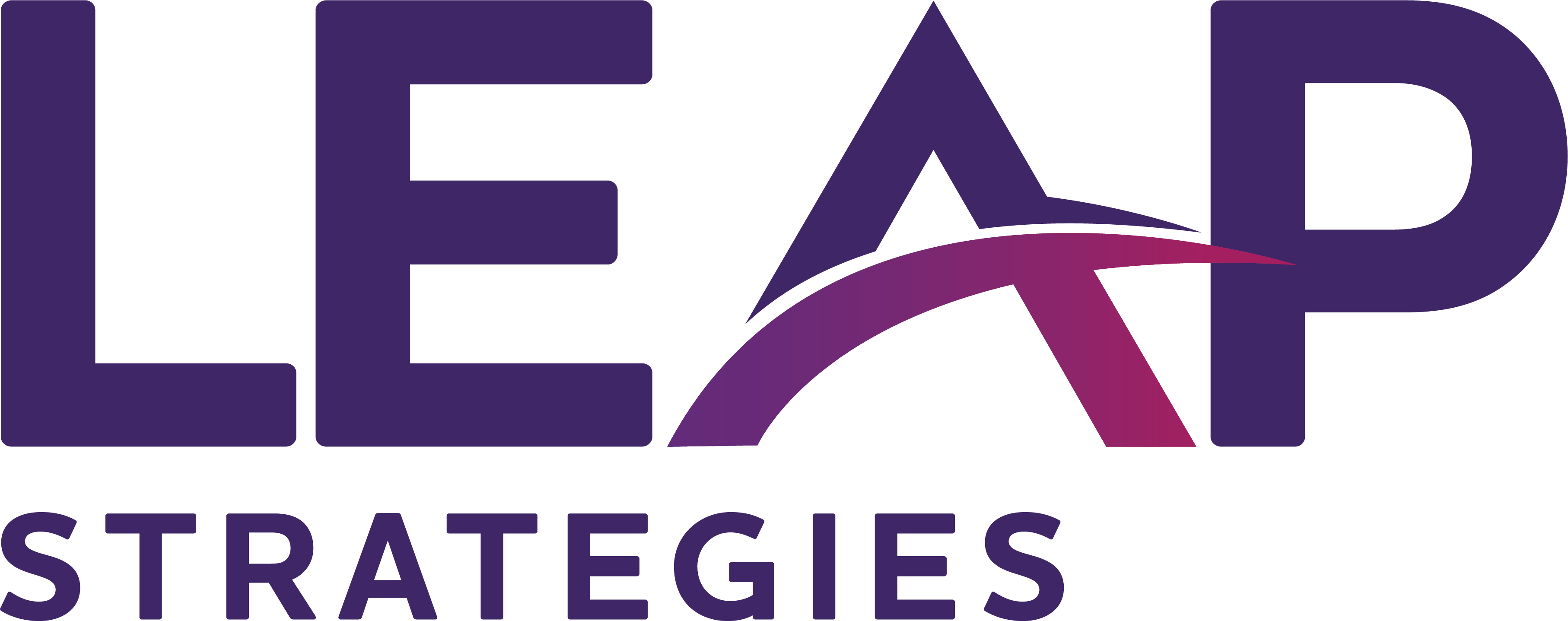Tackling Tech Debt in SMEs: Strategies for Building a Strong Tech Foundation
Tech debt isn’t a term many small and medium-sized enterprises (SMEs) are familiar with, but it quickly becomes clear once the conversation begins. Outdated hardware, forgotten software updates, and quick-fix solutions quietly accumulate, hindering business growth and profitability.
Understanding Tech Debt in SMEs
Tech debt refers to the hidden cost of choosing short-term solutions over sustainable, long-term strategies. For SMEs, this might look like using consumer-grade routers, manually handling data entry, or relying on outdated software.
Initially, these shortcuts seem harmless, but they become costly liabilities over time.
Real-World Example: Scaling Under Strain
Consider a fast-growing e-commerce business. They began with a basic online shopping platform, sufficient initially, but soon overwhelmed by increased transactions and security patches. Quick fixes piled up, diminishing site security, and soon exceeded the cost of investing in robust infrastructure upfront.
LEAP’s Own Journey with Tech Debt
LEAP have experienced tech debt first hand, through a period of sustained growth, we discovered that the tools we were using were not as integrated as they should be. We knew we were losing time and being inefficient, and ultimately knew we could not scale at the velocity we wanted to if we didn’t address the issue. This was our tech debt.
By strategically integrating our processes into unified CRM and project management systems, we achieved clearer communication, increased productivity, and scalable workflows.
This transformation shows why tackling tech debt isn’t just good business, it’s essential for sustained success and growth.
Why SMEs Are Especially Vulnerable
Limited Resources: Thinly stretched budgets often sideline strategic investments.
Rapid Growth: Legacy systems quickly become bottlenecks.
Expertise Gap: Without dedicated IT guidance, SMEs may overlook long-term impacts.
Practical Steps for Tackling Tech Debt
Step 1: Know Where You Stand
Clearly identify your pain points, security vulnerabilities, bottlenecks and redundant processes. A clear-eyed assessment provides actionable insights.
Step 2: Prioritise Strategically
Address the greatest risks first. A structured, prioritised roadmap keeps efforts measurable and impactful.
Step 3: Build for Flexibility
Adopt cloud-based and modular solutions that grow with your business, enabling easy upgrades and expansions.
Step 4: Schedule Consistent Maintenance
Routine updates and proactive maintenance prevent costly emergency fixes later.
Embrace the 'Simple Step' Mindset:
Tackling tech debt can seem daunting, but every great LEAP forward begins simply. Small actions, like updating software or streamlining a single process, quickly build momentum, freeing resources for bigger innovations.
Looking Ahead
By proactively managing tech debt, SMEs shift from putting out spot fires to genuine innovation and strategic growth. Once foundational issues are resolved, your business is free to confidently explore new technologies, optimise customer experiences, and strengthen your competitive edge.
Key Takeaways:
- Tech debt impacts SMEs significantly, often more than realised.
- A clear assessment and prioritised action plans are essential first steps.
Simple, incremental improvements guided by trusted expertise yield powerful, sustainable results.
Ready to LEAP forward? Connect with us to learn how we can help transform your technology foundation into your strategic advantage.
Let's start the conversation now
Talk to one of our experts today




